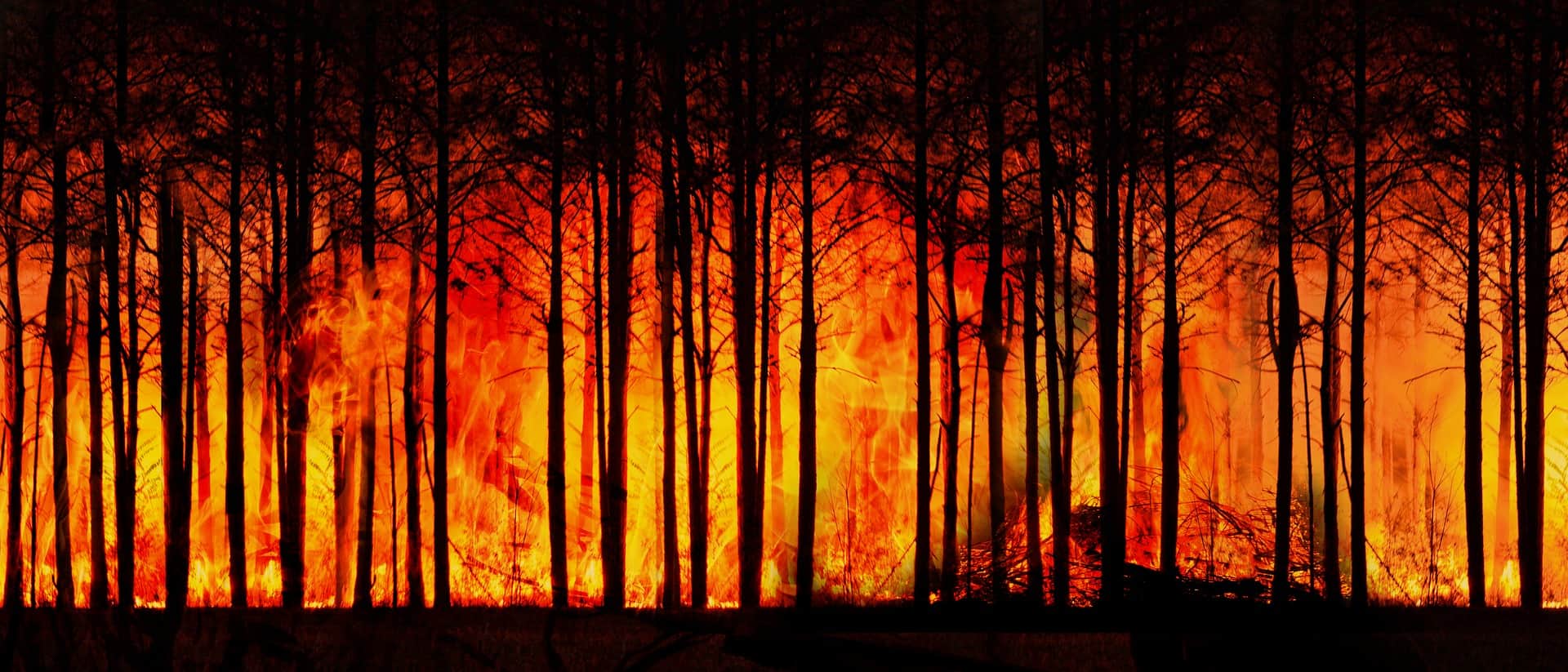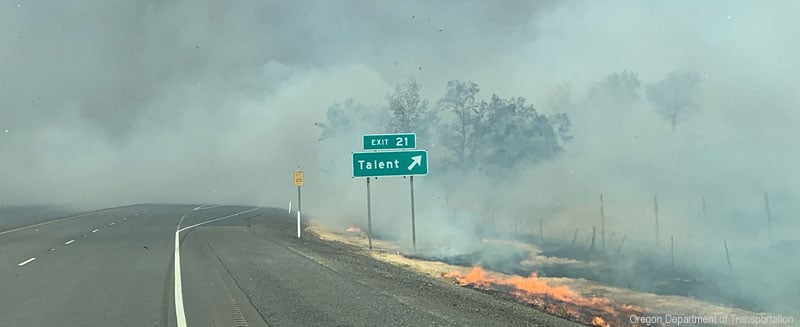
June 2023 has officially been declared the hottest month on record, serving as a clear indication of the escalating global temperatures. This unprecedented rise in temperature is attributed to a combination of climate change and the return of the El Niño phenomenon. Since April, various regions, from China to Spain, have experienced record-breaking temperatures, serving as a stark and tangible manifestation of the planet’s climate disruption. This latest record joins a long list of evidence that not only confirms the reality of climate change but also highlights its increasing impact on human lives. Numerous summits have been organized to address climate change and promote climate action. In light of these developments, it is essential to assess our current position and determine the extent of our influence in mitigating climate change.
- Although humans are experiencing the impacts of climate change, there is still a lack of universal urgency in addressing and combating this pressing issue.
- Ongoing climate change, combined with El Niño, will lead to many more climate records being broken.
- The global endeavor to mitigate climate change continues to face numerous technological and social challenges.”
The heat is on: An unusual summer
The summer of 2023 has proven to be one of the most extraordinary in human history. Experts from the European observatory Copernicus have confirmed that the combination of climate change and the return of the El Niño phenomenon are causing both ocean and land temperatures to reach unprecedented levels. The global average temperature for June was 16.51 degrees Celsius, a significant 0.53 degrees above the average for the previous three decades. This surpasses the previous record, set in June 2019, which was only 0.37 degrees above the 30-year average.
These record-breaking temperatures are more than just statistics; they are the most direct sign of the disruption to the planet’s climate. These changes are being compounded by other factors such as disasters like forest fires, drought and extreme rainfall. The impact on human lives and the environment is becoming increasingly noticeable and severe.
The challenges of climate targets
In the face of these alarming climatic changes, many nations have set ambitious targets to reduce their greenhouse gas emissions. However, these objectives present considerable challenges. Take Ireland, for instance, which faces an extremely difficult task in meeting its legally binding targets to cut greenhouse gas emissions. In 2022, the country’s emissions fell by just 1.9% year-on-year. The Environmental Protection Agency (EPA) stated that this modest reduction means that Ireland will need to reduce its emissions by 12.4% each year between now and 2025 to stay within its allocated “carbon budget”.
Despite notable emission decreases in energy industries (-1.8%), agriculture (-1.2%), and residential buildings (-12.7%), a 6% increase in transport emissions threatens overall progress. The transport sector is close to returning to pre-pandemic emission levels, demonstrating the persistence of the challenges facing the country. Agriculture remains the largest contributor to overall emissions at 38% of the total.
Social barriers to climate action
While the scientific and technological challenges of climate change are evident, numerous social barriers also hinder effective action. A joint study by Dassault Systèmes, Capgemini, and Bloom reveals that consumer scepticism, generated by greenwashing, is the most prominent barrier to climate action.

Other significant barriers include the lack of reliable information on solutions, fear of negative social impacts, and climate change despair. The study emphasises the importance of reinforcing the link between science, citizens, businesses, and public institutions to drive necessary changes. Businesses are seen as the most capable of acting effectively in the long run, ahead of individual action and governments.
Extreme synergy: El Niño and climate change
The World Meteorological Organization (WMO) has issued a warning that the synergy of greenhouse gases and an El Niño event is likely to result in record global temperatures in the next five years. The upcoming El Niño is expected to cause a surge in global temperatures after the cooling effects of La Niña. El Niño events can also cause extreme weather conditions such as droughts, floods, and heatwaves, impacting food security and marine ecosystems.

Experts are concerned about the far-reaching repercussions of the projected heat surge. WMO Secretary-General Petteri Taalas warns that the combination of a warming El Niño and human-induced climate change will push global temperatures into “uncharted territory,” potentially impacting health, food security, water management, and the environment.
The Greenlash: The Politics of Climate Change
As the urgency to act on climate change increases, so does opposition to the green agenda. There are signs of a growing green backlash as citizens and businesses face the costs of the energy transition. The rise of rightwing, populist parties could exploit this greenlash and challenge climate policies. The EU is pushing for a global pledge at COP28 to phase out the unabated use of fossil fuels “well ahead of 2050”.
Despite these challenges, it is clear that the fight against climate change is not only about reducing emissions and adopting renewable energy. It is also about navigating the complex social, economic, and political landscapes that influence our collective response to this global crisis.






